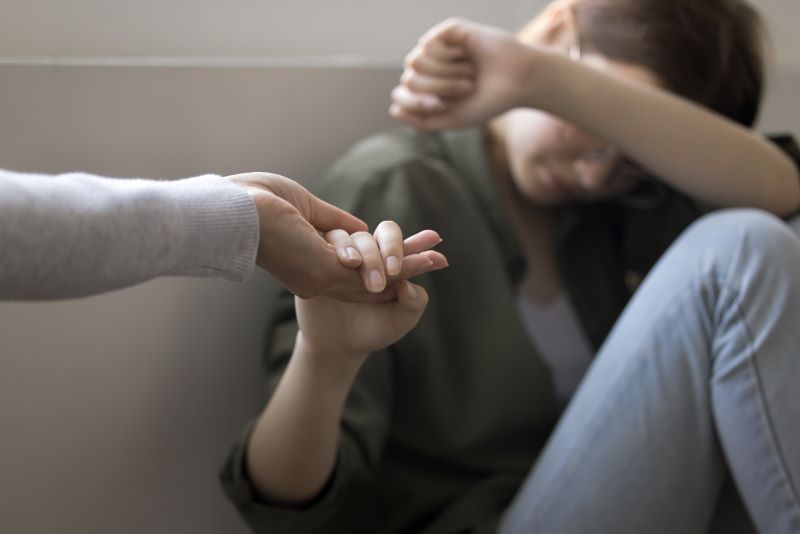Is everything really “OK”? Ņikita Bezborodovs on teenagers’ emotional and behavioural issues
Linda Rozenbaha, RSU Public Relations Unit, for Delfi.lv
Source: Delfi.lv
Girls are more likely to experience emotional issues internally, while boys are more likely to project their emotions outwards. Girls therefore suffer more from their own behaviour, while others suffer more from boys' behaviour. However, it turns out that as adolescents get older, the prevalence of behavioural issues evens out for both genders. This is one of the conclusions of Ņikita Bezborodovs’ doctoral thesis that he defended this summer. Bezborodovs is a Doctor of Medicine at Rīga Stradiņš University (RSU), Head of the Child and Youth Mental Health Centre at the Children's Clinical University Hospital, and a child psychiatrist.
 Photo: Shutterstock
Photo: Shutterstock
What can we learn from the study, and why is it important to identify emotional and behavioural issues in adolescents as early as possible?
First of all, what issues are we really talking about? Every teenager goes through some kind of emotional issues, experiences, “storms”...
The psychiatrist fully agrees:
‘All adolescents experience some emotional or behavioural issues, and most have moderate ones. But there are some young people who experience significantly more than average for their age.
As a researcher, I had to decide, guided by theory of course, where to draw the line in the questionnaire results from which I would conclude that someone had severe emotional or behavioural difficulties.’
In one part of the study, Bezborodovs analysed a very large database. This data came from the international study on Latvian adolescents “Health Behaviour of School Children” that was carried out in 2017/2018 (the study involved adolescents from 44 countries in Europe, Central Asia, and Canada). Around 4,500 adolescents from Latvia participated in the randomised survey, so the data reflects the general situation in the country.
Internal or external experiences
Teenagers were asked about various health habits, as well as emotional and behavioural issues. A popular questionnaire created by Robert Goodman, a well-known child psychiatrist in the United Kingdom, was used with 25 questions on mood, anxiety, relationships with peers, etc.
‘There are questions that seem to indicate something else, but in fact allow you to find out about your emotional state.
For example, the statement “I often have headaches, stomachaches or nausea”. Such symptoms can often be caused by emotional issues in adolescents. Or the statement “I often fidget, am restless…” allows us to establish issues related to hyperactivity. “I am often accused of lying or cheating” is considered in the category of a behavioural issues,’ explains the child psychiatrist.
He adds that attention deficit and hyperactivity disorder (ADHD) is not a mental illness, but a variant of brain development, and it is not directly linked to behavioural issues. Children with ADHD, however, do find it harder to slow down and control their impulses.
And if someone has these issues, they are more likely to manifest distress outwardly. ‘There is therefore a very strong correlation between children and young people who have ADHD and behavioural issues,’ he explains.
‘The research results show that 9.3% of Latvian adolescents aged 11-15 have significant emotional problems, and 6.4% have significant behavioural problems.
Boys are less likely to have emotional problems than girls, and these decrease as they get older. For girls, on the other hand, emotional problems increase dramatically with age (13-15 years). At 15, the ratio of emotional issues for girls to boys is three to one. While behavioural problems are more common for 11-year-old boys than girls, but as they age, the prevalence of behavioural issues evens out between the genders,’ explains Dr. Bezborodovs.
Related news
 Constitutional Court and RSU agree on cooperation to strengthen legal science and researchFor Students, For PhD Students, Research, Law
Constitutional Court and RSU agree on cooperation to strengthen legal science and researchFor Students, For PhD Students, Research, Law


